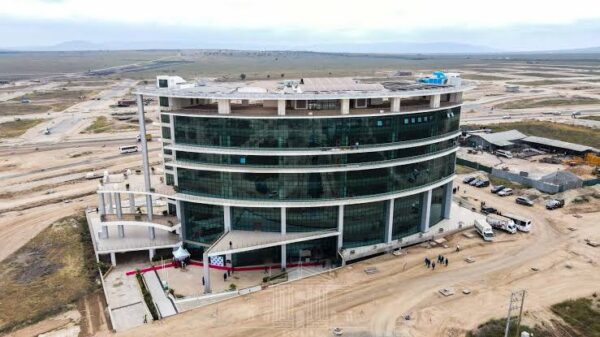WASHINGTON, August 4 – Some Americans are finding that while high oil prices leave them with a slimmer wallet, it could also leave them with slimmer waists as they forsake their cars and take to their bikes, public transportation or feet to get around.
In the United States, some experts and ordinary citizens are focusing on the benefits of high energy costs to forget about the money pinch they feel every time they fill up their cars or hop on a plane.
"The theory is that if gas prices go up, people walk or bike more. Or they take public transportation, which requires walking to and from stops on either end," Charles Courtemanche, an economics professor at the University of North Carolina, told AFP.
"Also, people eat out less when gas prices are high, because they would have to drive to the restaurant and they have less disposable income," he said.
And restaurant food is less healthy than home-cooked, he added.
Courtemanche looked at gasoline prices in several US states from 1984 to 2004 to come up with his theory about expensive fuel and obesity. He compared those prices with the average body weight and rate of obesity in each state.
"I found that a permanent one-dollar rise in gas prices is associated with a seven percent drop in overweight and a nine percent drop in obesity," he said.
In poundage terms, a one-dollar rise in gas prices was associated with about four to five pounds (1.8 to 2.3 kilograms) in lost weight across the population, his research showed.
High gas prices are also making Americans drive slower, to get better mileage from four-dollar-per-gallon gasoline, or put in far fewer miles than they used to.
As a result, road deaths have fallen, the National Safety Council has said.
High gas prices have also raised a call for car-makers to produce more fuel-efficient vehicles, and that would create tens of thousands of jobs, enhance US energy security, and boost local economies, the Union of Concerned Scientists (UCS) said.
"Achieving just the minimum 35 miles-per-gallon fleet-wide average by 2020 … would cut oil use by 1.1 million barrels a day," UCS senior engineer Jim Kliesch said in a statement.
Using less oil would translate into "cutting the cost of gasoline at today\’s prices by more than a dollar per gallon," he said.
And that would mean that, rather than pumping their disposable income into the oil industry when they fill up their cars, Americans would probably spend the money saved locally, thus boosting local economies, he said.
"Further… achieving a 35-mpg fleet-wide average would create 149,000 new jobs nationwide in 2020," added Kliesch.
A less obvious benefit of high fuel prices is the impact on romantic liaisons.
For nearly a year, Colorado resident Jeri Cravens has been nurturing a long-distance relationship with a man who lives on the other side of the United States, in Maryland.
Before fuel prices started soaring, Cravens tended to make several, short cross-country trips to invest time in her relationship.
But the price of a round-trip ticket, even on a low-cost airline, has soared with fuel prices to 500 dollars today from 200 dollars last year.
So Cravens has changed her travel habits — and the changes are benefiting her relationship, she said.
"I\’ve started taking fewer trips out to see him, but I stay for longer periods of time," Cravens told AFP. "And when he comes here next month, he\’ll be here for 10-11 days."
"Spending more time together on each visit means we spend time as a couple, not as two people who are dating," she said.
"If airfares were still low, I probably would still be making lots of short trips," and the relationship might still be at the dating and best-behavior stage, she said.


































